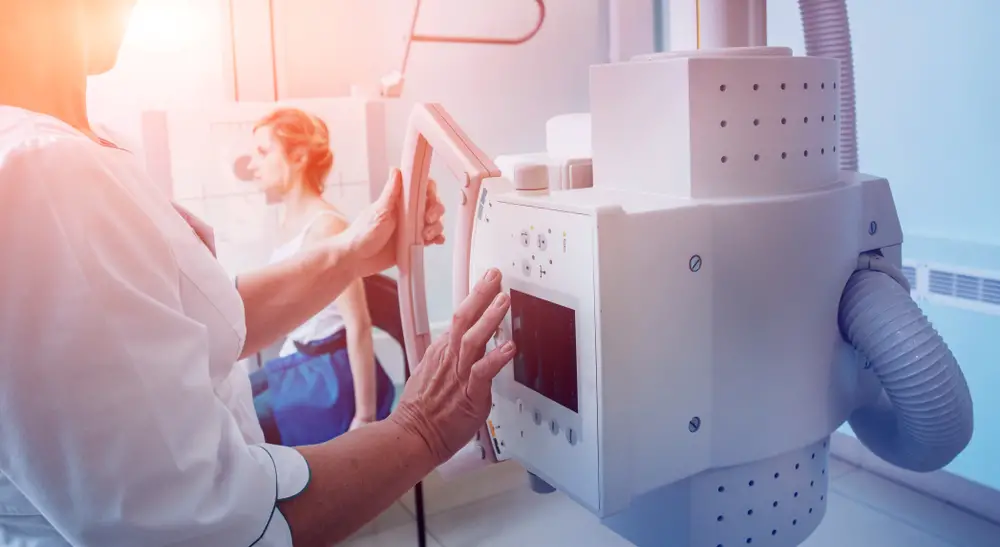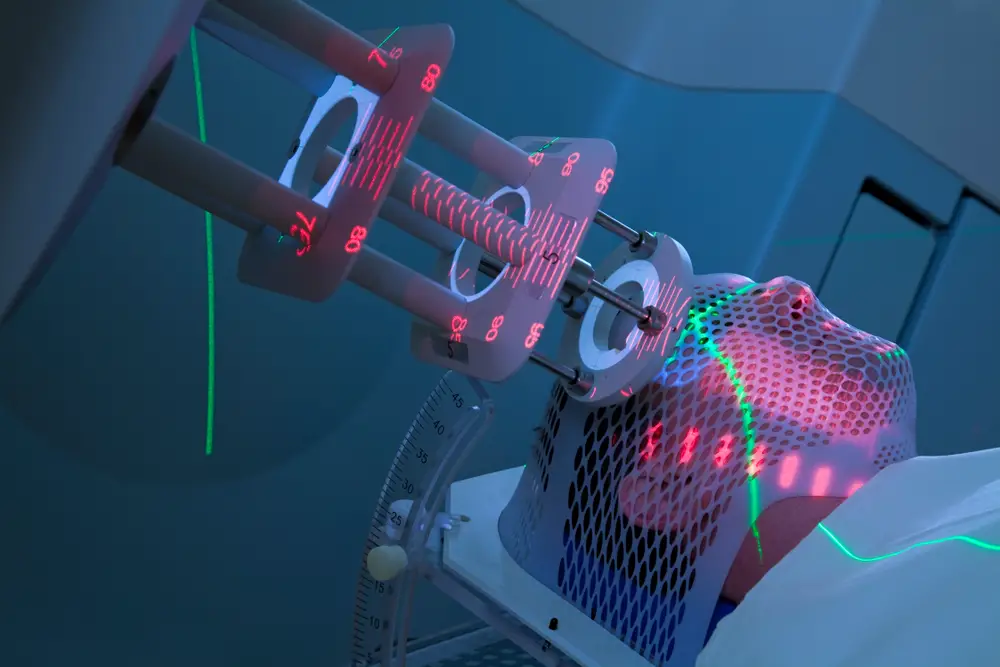Receiving a cancer diagnosis is life-changing and can feel like your entire world is crashing down around you. While a cancer diagnosis is more common, affecting as many as 1 in every 2 people across the world, the treatments available to us as we progress in 2020 are ever developing and becoming more efficient and cost-effective.
This has paved the way for an improved cancer survival rate with more people experiencing fewer secondary malignancies and reduced intensity side effects for their treatment type and allowed for a greater focus to provide tailored supportive care to patients in need.

Proton Beam Therapy
In addition to the cancer treatments currently available, such as Chemotherapy, Radiotherapy, Surgery and Immunology, Proton Beam Therapy is a cancer treatment option that has been around since the 1970’s but has only recently become cost-effective enough to be able to offer this widespread to patients through private and public healthcare services.
What Is Proton Beam Therapy?
Proton beam therapy is the delivery of ultra-high energy proton particles into the tumor site via an incredible machine utilizing pencil beam scanning technology. The energy levels of the protons are set to a specific depth to prevent the protons passing through the tumor cells and into the surrounding healthy tissue. Not only does this reduce the intensity of side effects experienced such as nausea and fatigue but lessens the chance of secondary malignancies in the future as non-cancerous cells do not receive any radiation. The protons fired into the cancer cells then disrupt the normal lifestyle of the cell, preventing growth and duplication and eventually leading to the death of the cancer cells.
While proton beam therapy isn’t suitable for the treatment of all cancer types, studies suggest that 10% of all referred radiotherapy patients would be better treated with proton therapy for the location and stage of their cancer diagnosis.
How Is Proton Beam Therapy Delivered?
Sourced from hydrogen, protons are split apart from electrons and fed into a large circular machine, known as a cyclotron. The cyclotron speeds these protons up to two-thirds the speed of light before feeding the accelerated protons into an energy selector system (ESS), which reduces the speed of the proton particles in accordance with the depth needed to travel within the body. From the ESS, specifically charged protons are sent to a Beam Transporter System (BTS) and travel to the gantry, a device that can rotate around the patient a full 360 degree for accurate alignment of delivery systems.
What Are the Benefits of Proton Beam Therapy over Traditional Radiotherapy?
Traditional radiotherapy uses photons and x-rays rather than protons in the treatment of cancer and while both treatments are similar in their delivery, utilizing patient positioning beds and movable delivery systems. Proton beam therapy machines are normally equipped with extremely accurate monitoring systems and pin-point accurate delivery nozzles to ensure only the cancerous cells are painted with the beam.
In addition, the side effects experienced through proton beam therapy are noticeably reduced and less intense for the patient, allowing them to continue with their day to day lives as much as possible and providing them a sense of normality.
How Long Does Proton Beam Therapy Treatment Last?
Treatment delivery plans are an aspect of cancer treatment that is uniquely tailored to the patient and do not have a statistical average for any type or location of treatment as circumstances, stages and personal health can vary so much between individuals.
Individual proton beam therapy treatment sessions last between 15 – 45 minutes, most of which is ensuring the correct positioning and comfort of the patient, with the proton therapy lasting a few minutes at most. In some clinics and centers, these sessions are known as fractions, due to accounting for a fraction of the entire treatment.

Proton beam therapy is becoming more readily available around the world and gradually making its way into public health care services in places like the UK and Europe. If you have recently received a cancer diagnosis, talk to your doctor or oncology specialist about if proton beam therapy is suitable for you and what availability there is to explore locally.










